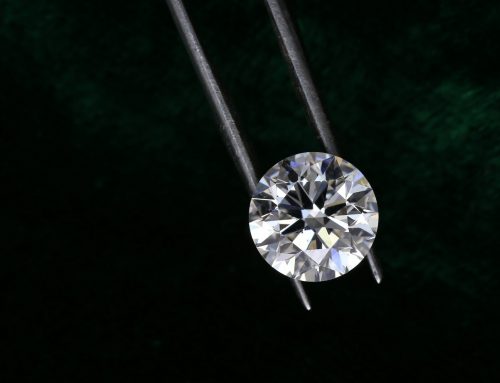Origin and Uses
Tungsten is used in various other aspects of our lives. For example, it is used in not only space travel, due to its high melting point and strength, but it is also used in such common things as light bulbs, for the same reasons. One of the most common uses is when tungsten mixes with carbon, forming tungsten carbide. Tungsten carbide is used for such things as drill bits. Because of its hardness, a tungsten carbide drill bit is ideal, and cheaper than a diamond drill bit, which would be one of the only types of drill bits harder than a tungsten carbide drill bit.
While you may hear the term Tungsten on its own very often, it is important to understand that tungsten cannot be found on its own. Tungsten is always found combined with other elements, such as carbon or iron. In fact, the sources from where tungsten is commonly extracted lend their name to the identification of tungsten.
One of the minerals where tungsten is commonly extracted from is called Wolframite. This term is used prevalently in some European countries and even lends its name to tungsten’s chemical symbol of W.
“Tungsten” itself derives its name from a Swedish word used to describe the mineral now known as scheelite, which is a mineral from which Tungsten is extracted. Scheelite used to be referred to as “tung” which means “heavy” and “sten,” which means stone. Tungsten was a “heavy stone.” This could be, as has been mentioned before, due to tungsten’s high density.

Tungsten Atoms
Like everything in our world, Tungsten is made up of millions of microscopic particles known as atoms. Atoms can only be seen with specialized instruments and cannot be seen by the naked eye.
Atoms, which derive their name from the Greek word “atomos” (loosely translated as “indivisible”), consist of neutrons, electrons and protons. Every element is made up atoms, and the atomic composition (the numbers of electrons protons and neutrons in each element determine the elements ability to form a compound with any other element). Every atom contains all of the properties of its element.
Tungsten’s atomic mass is 183. The atomic mass is obtained by calculating the average number of neutrons plus the protons in the tungsten isotope. There are five different stable isotopes of tungsten containing 108, 110, 106, 109, and 112 neutrons. The average of these isotopes is 109. Adding the number of protons (74) yields tungsten’s atomic number of 183.
Tungsten contains exactly 74 protons in its nuclear makeup. This number of protons is unique to Tungsten as no other element shares this amount of protons. For this reason, tungsten has an atomic number or proton number of 74. An atom will have the same amount of electrons as it does protons. The 74 electrons in the Tungsten atom revolve around the dense nucleus of the atom, which is composed of protons and neutrons. The role of the electron in the atom is to balance the positive charge of the proton. This balance of electrons and protons makes the atom electrically neutral.
As described above, each tungsten atom is composed of 74 protons and 74 electrons in its chemical makeup. The protons of the atom are found in the atom’s nucleus. The electrons of the atom are found in 6 different layers surrounding the nucleus. The outer layer contains only 2 electrons. The next layer contains 12 electrons. The following or fourth layer from the nucleus contains a total of 32 electrons. The third shell contains 18 electrons. The second electron from the nucleus contains 8 shells. The innermost layer contains 2 electrons. The composition of the tungsten atom’s outer shell is what allows the tungsten atom to form many of its compounds.
Tungsten Chemical Properties – temperatures and alloy formation
Tungsten is a very dense metal, and still among the strongest of all metals, it can also be pretty brittle. In fact, it is possible to cut a piece of tungsten with something as common as a hacksaw. This is due to the amazing qualities that Tungsten possesses.
With the exception of Carbon, Tungsten has the highest melting point of all elements. Melting means when the element begins to turn into liquid. As an example of understanding its melting point, when metals such as Iron are at their boiling point, Tungsten is barely beginning to melt. This occurs at 6,152 degrees Fahrenheit, or 3,410 degrees Celsius. Tungsten’s melting point does not come until 10.220 degrees Fahrenheit or 5,660 degrees Celsius. Even at these extremely high temperatures, tungsten maintains its strength and does not even expand as much as other metals do when they are facing such high temperatures.
These characteristics make Tungsten able to readily form extremely strong alloys with other elements, such as iron. The alloy formation with other elements also helps prevent it from breaking so easily.





Leave A Comment